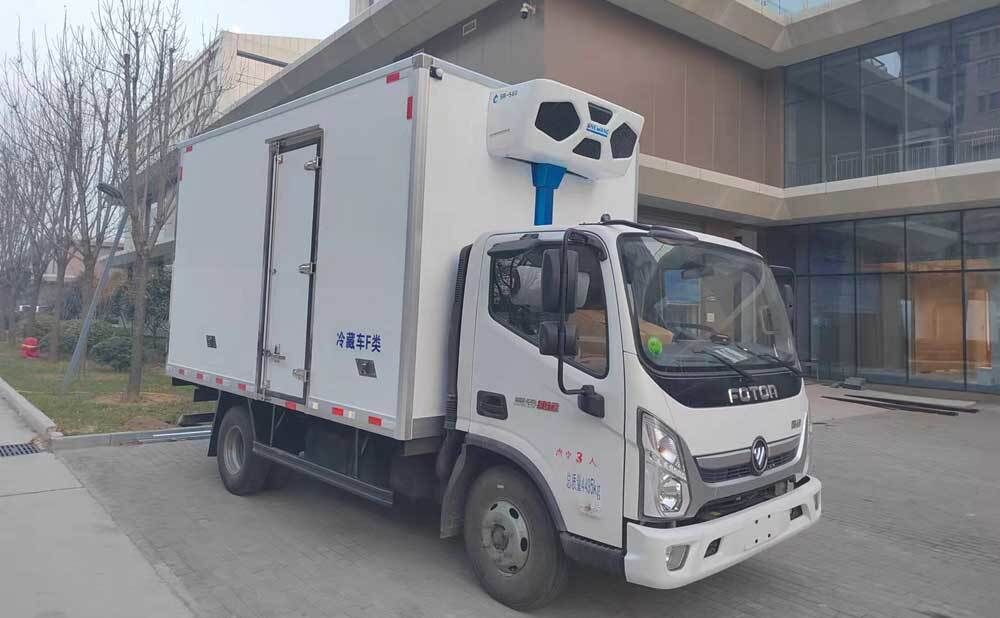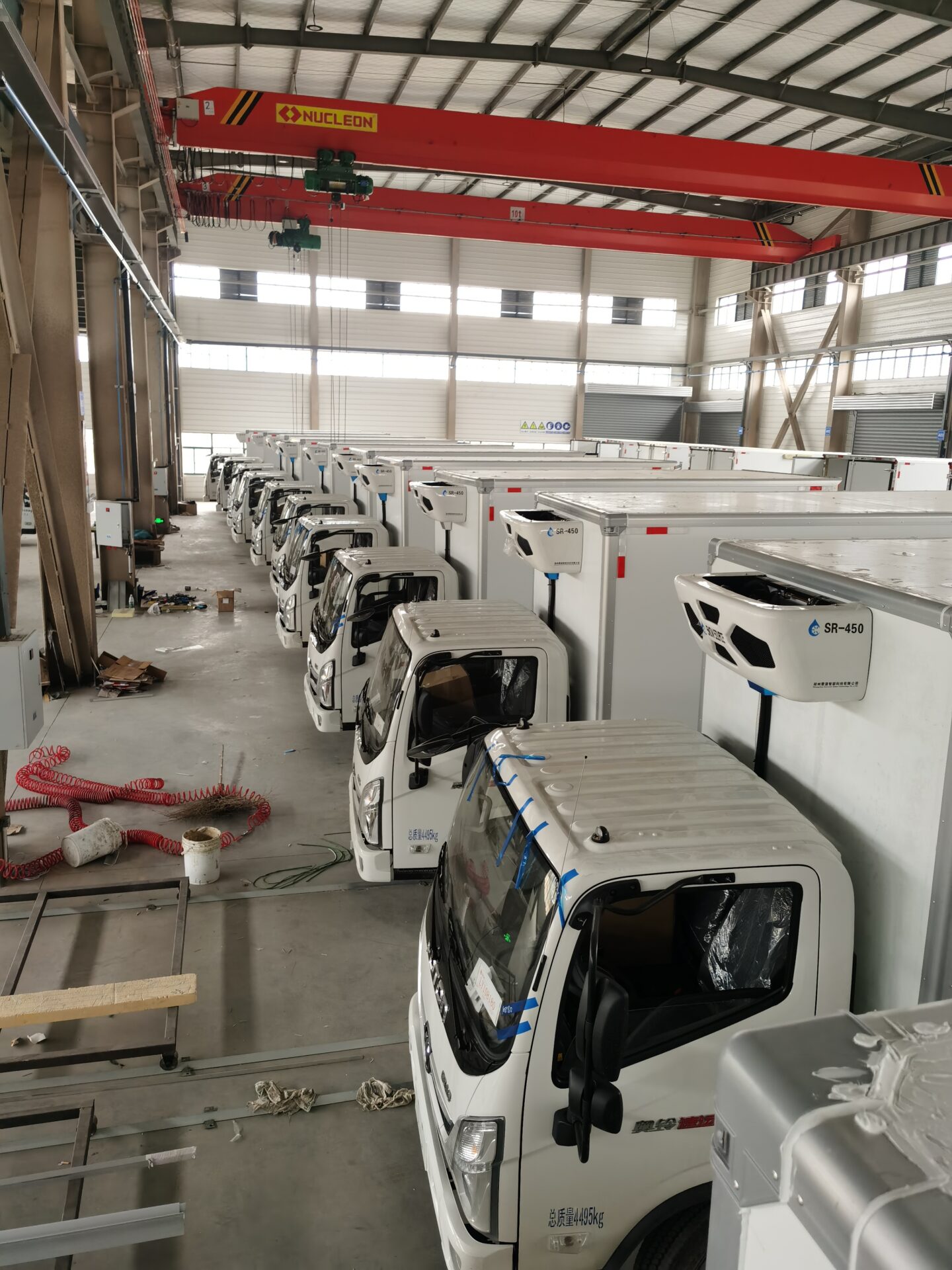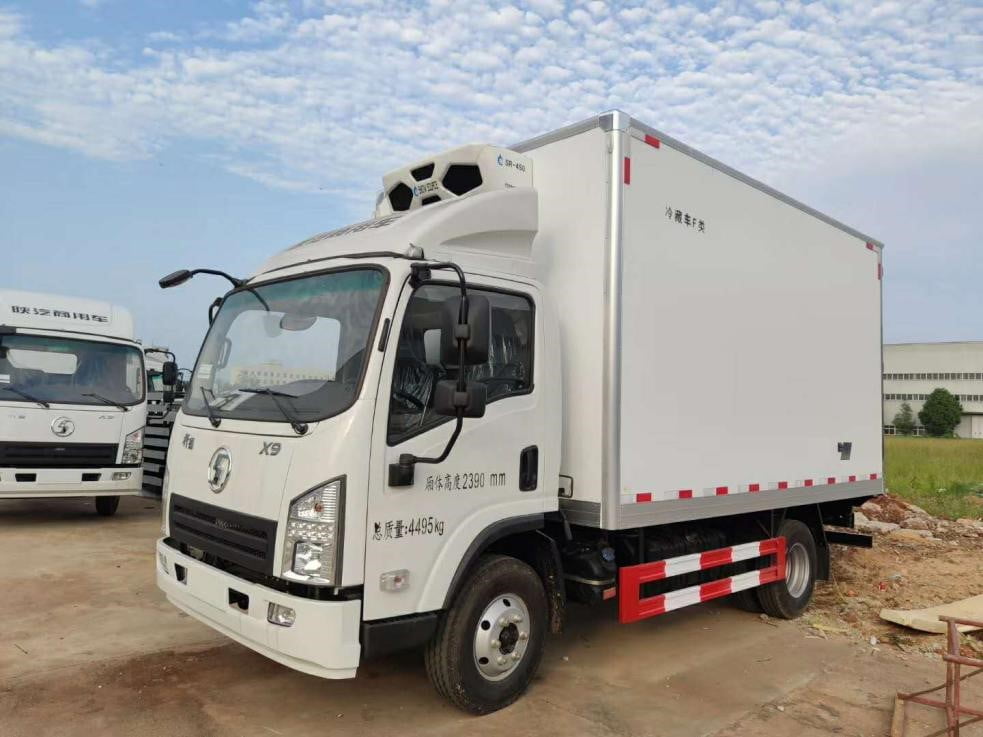Define Reefer: A Reefer as they are known, are vans and trucks that include a refrigeration unit in the cargo area to maintain specific climates for temperature-sensitive loads. They are available in Nose mount or Rooftop system configuration. To find out more about the type of system that’s ideal for your business and vehicle, visit our solutions page. Continue reading to learn about the main components and also about How Reefers works.
What’s Refrigeration?(define reefer)
It’s the process of moving heat from one location to another in controlled conditions. The work of heat transport is traditionally driven by mechanical work, but can also be driven by heat, electricity or other means. Refrigeration is a Closed System that requires keeping an item below room temperature by storing the item in a system or substance designed to cool or freeze. The most common form of refrigeration is provided by systems (i.e. refrigerators) that use a refrigerant chemical to remove heat from items stored inside the system.
Main Components of a Refrigeration System?
Compressor – It is mounted to the vehicle engine with a compressor mounting bracket and is driven by the vehicle belt drive system. Refrigerant enters the compressor as a low-temperature, low-pressure gas. The compressor compresses the refrigerant and changes it to a high temperature, high-pressure gas.
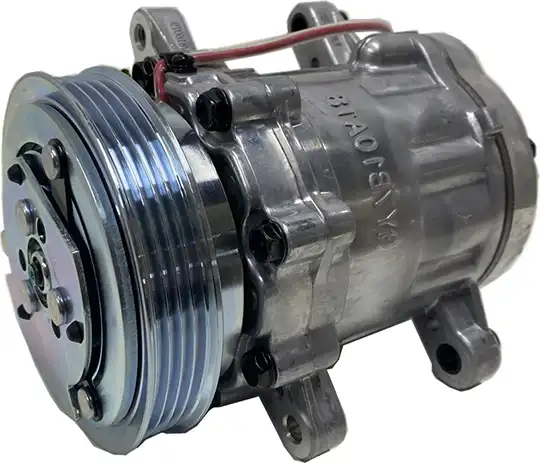
Refrigerated Trucks – The Compressor compresses the refrigerant and changes it to a high temperature, high pressure gas
Condenser – Rooftop or Nose Mounted it receives the high temperature, high-pressure refrigerant from the compressor and through the process of heat exchange, assisted by the condenser fan motor, changes the state of the refrigerant to a high-temperature liquid. This change of state takes place when the air circulating around the tubing and fins of the condenser coil, cools the refrigerant.

Refrigerated Trucks – The Condenser assisted by the condenser fan motor, changes the state of the refrigerant to a high temperature liquid.
Evaporator – is located in the cargo area of the vehicle. The liquid refrigerant entering the evaporator via the expansion valve is thermostatically controlled to change state from a liquid to a low pressure, low-temperature gas. The refrigerant now absorbs the heat from the cargo area by passing air over the evaporator coil assisted by the evaporator fan motor. At this point, the refrigerant is referred to as a “saturated mixture” in the evaporator coil. When this process is complete, the gas returns to the compressor as a low temperature, low-pressure gas, and this entire process is repeated until the desired temperature is reached.
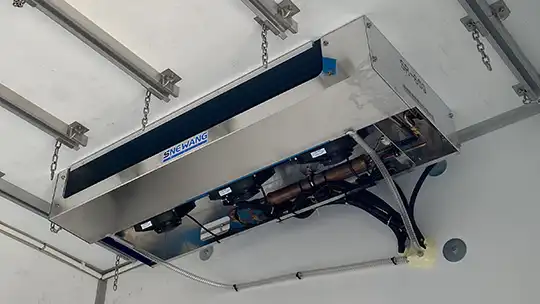
Refrigeration has had a large impact on industry, lifestyle, agriculture and settlement patterns. The idea of preserving food dates back to the ancient Roman and Chinese empires. However, refrigeration technology has rapidly evolved in the last century, from ice harvesting to temperature-controlled rail cars. The introduction of refrigerated rail cars contributed to the westward expansion of the United States, allowing settlement in areas that were not on main transport channels such as rivers, harbors, or valley trails. In most developed countries, cities are heavily dependent upon refrigeration in supermarkets, in order to obtain their food for daily consumption.

